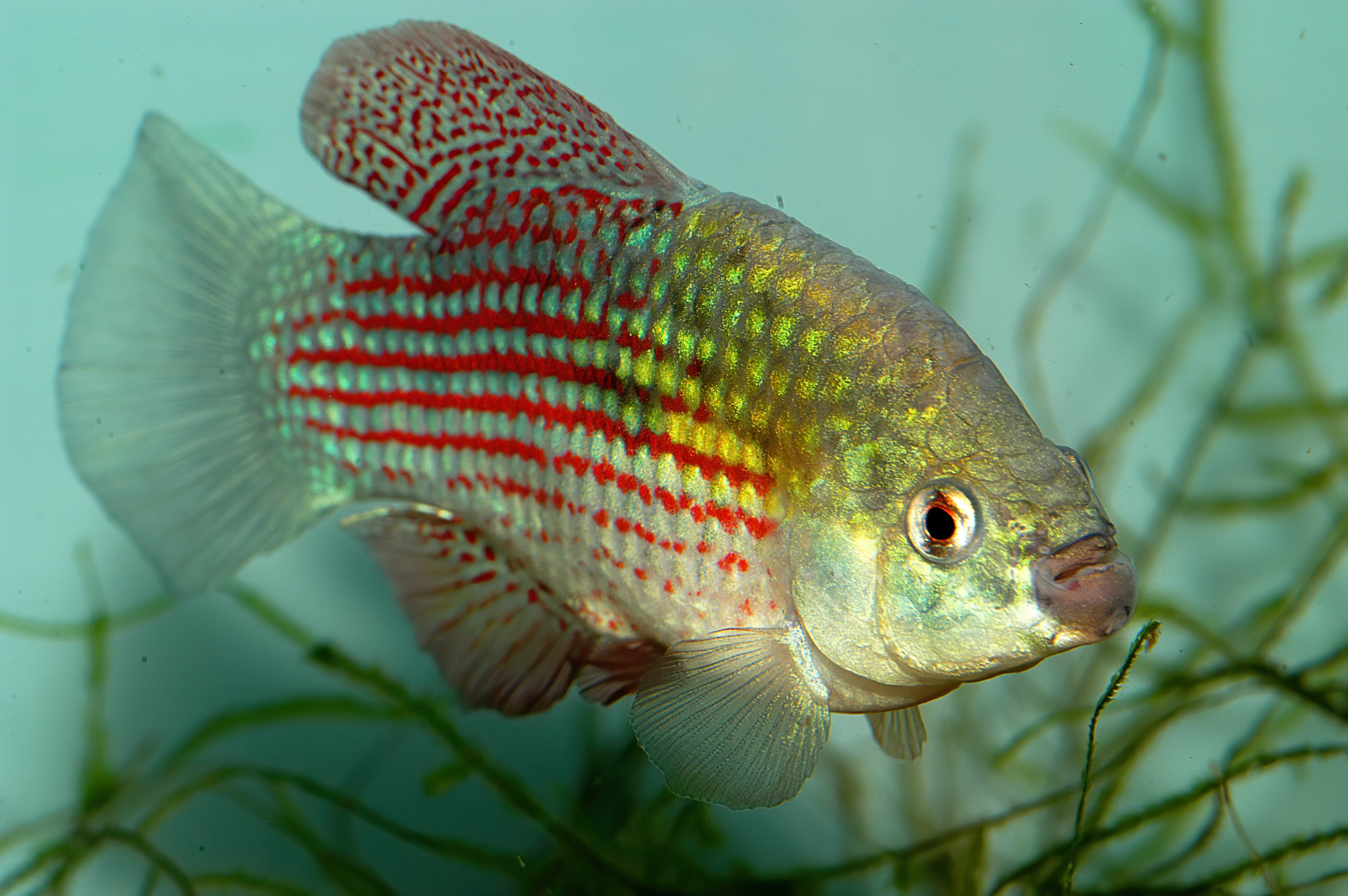Next working day delivery with Royal Mail Tracked 24
Fish Profiles: American Flagfish

Fish Profiles: American Flagfish
The flagfish, also known as the American flagfish or Florida flagfish, is a pupfish from the family Cyprinodontidae which is endemic to Florida, North America. Its common name derives from the male body pattern, which bears some resemblance to the stars and stripes of the USA flag. An omnivorous species which should be offered a varied diet consisting of a good quality flake food and frozen foods such as bloodworm, daphnia, and brineshrimp. This species will also eat vegetable matter such as lettuce, cucumber and spinach.
American Flag Fish are not typically aggressive, but should be kept with similar sized peaceful community fish. An aquarium with moderate lighting will help bring out the colours. This species is able to tolerate a wide range of aquarium water conditions.
What do Flag Fish eat?
The American flagfish is a voracious eater, so will eat almost anything vaible it finds in your aquarium. American Flag Fish have been known to eat hair algae and soft plant leaves. Care must be taken when adding plants to their fish tank, bearing this in mind.
Features
Average purchase size: 1-2" / 3-5cm
Maximum size: 3" / 7cm
Origin: Florida, North America
Family: Cyprinodontidae
Temperament: Generally peaceful
Lighting requirement: moderate
Ideal number kept together: 1+
Water Conditions
Ideal pH: 7.0–8.5
Water flow: low to moderate
Temperature: 18–25 °C
Ease of Care
Easy to moderate. American flagfish will tolerate varied water conditions. Can be aggressive when spawning, and will eat certain plants.
Feeding
Feed American Flag Fish a mixture of flake supplemented by veggies, like spinach leaves and frozen shrimp and bloodworm.
Breeding
The American Flagfish species does not breed readily in home aquaria. Egg layers, males tend to be darker and more striking in colour, females can be quite plain.
Life Span
The American Flagfish can live 2-3 years in perfect aquarium conditions.
For a guide on the basics of fishkeeping please click here.
For detailed care guides for different fish species please click here.
Photo credit(s): Canva Pro Licence





